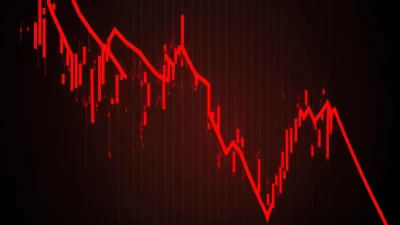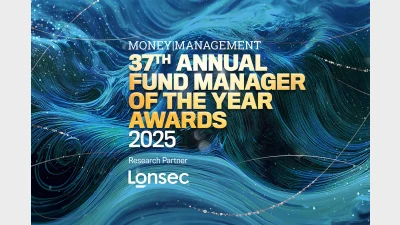Which market performed best in Q3?


The ASX 200 was the only major market to report positive gains during the third quarter of 2021/22.
Looking at data from FE Analytics, over the three months to 31 March, the ASX 200 returned 2.2% compared to losses by global markets.
It was a case of large-cap stocks being the best performers over the period with the ASX 50 returning 4% and the All Ordinaries returning 1.6% compared to losses of 4.2% by the ASX Small Ordinaries.
Performance of ASX indices during Q3
The ASX 50 included commodity stocks like Woodside Petroleum which was up 54%, BHP up 30%, South32 up 28% and Santos which was up 24.7%.
Dale Gillham, chief analyst at Wealth Within, said: “I do believe this trend will continue, therefore, I would advise investors to stick to the top 50 stocks in the Australian market if they want to achieve some good profits”.
Looking at global markets, the worst-performing major market was the Shanghai Stock Exchange Composite which had lost 13% followed by Japan’s TOPIX and Hong Kong Hang Seng index which both lost more than 9%.
In the US, the Dow Jones had lost 5.2%, the S&P 500 had lost 7.7% and the tech-heavy Nasdaq had lost 10.6% as technology stocks because of the long duration of their earnings in an environment with rising inflation and interest rates.
The FTSE 100 lost 2.5% and the MSCI World index lost 7%.
Performance of developed markets during Q3
Recommended for you
Outflows from Platinum Asset Management jumped from $160 million to $358 million in February as the firm announced the exit of its co-chief investment officers.
ETF assets experienced a rare fall in February, with the sector losing more than $2 billion during the month, according to Betashares.
Lonsec Research and Ratings has been announced as research partner for the annual Fund Manager of the Year Awards.
At least three global asset managers are expected to enter the Australian ETF market this year, according to State Street.















